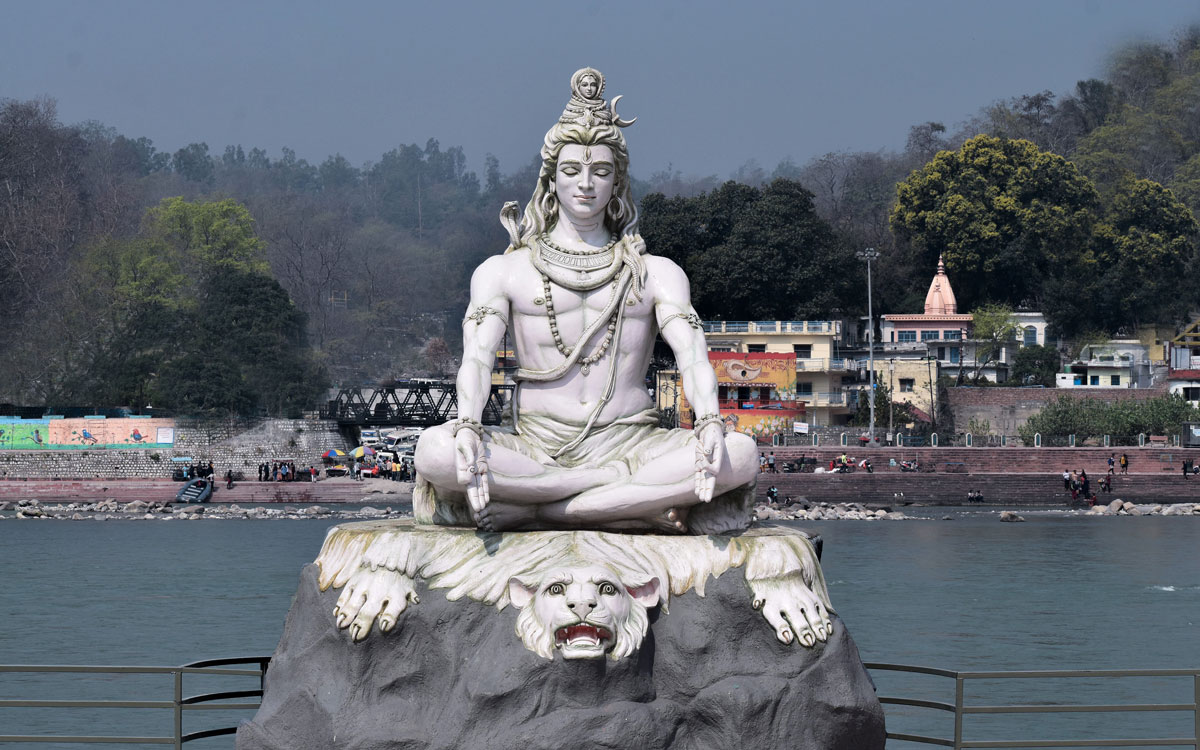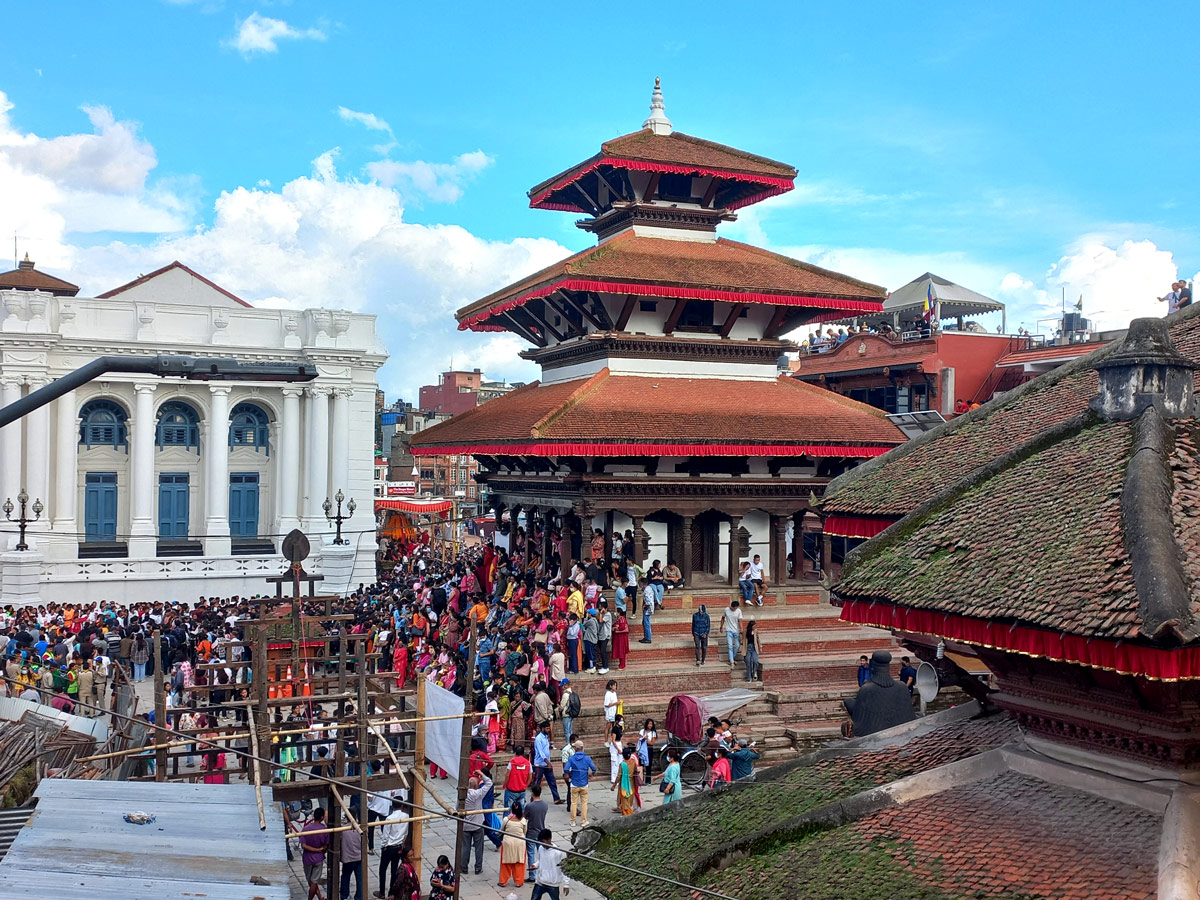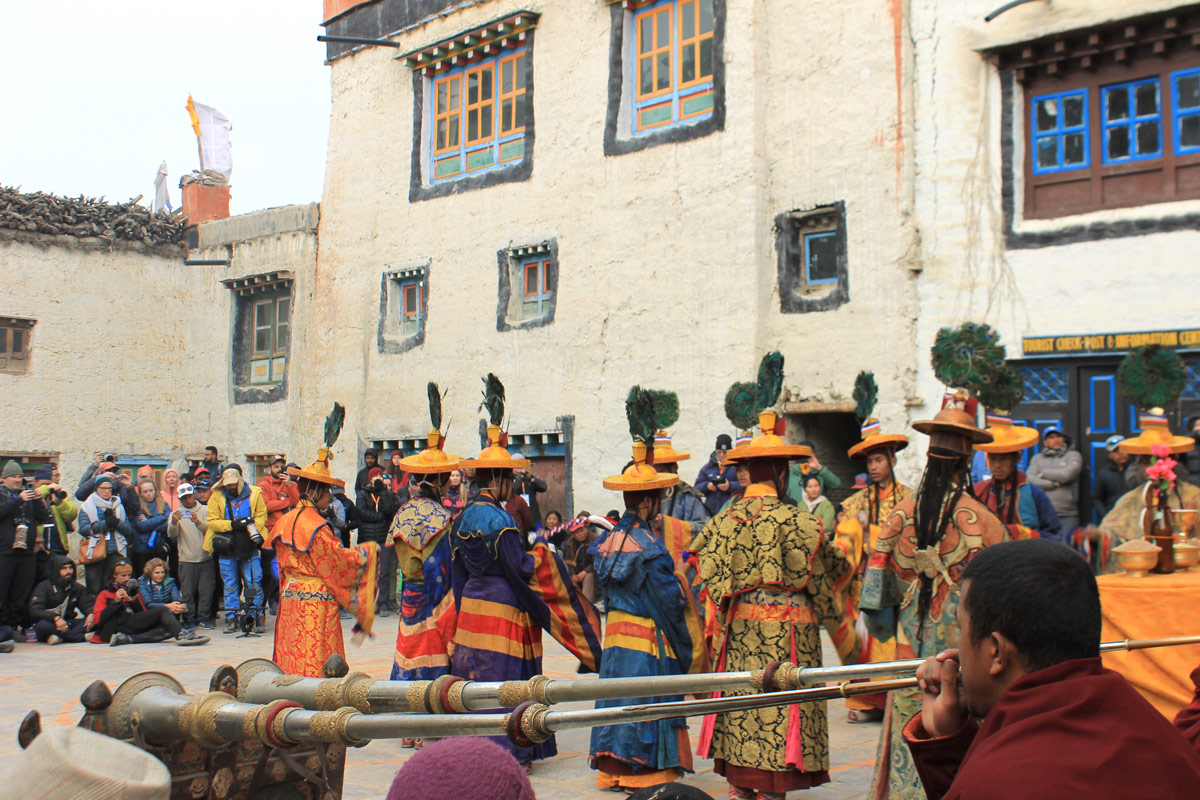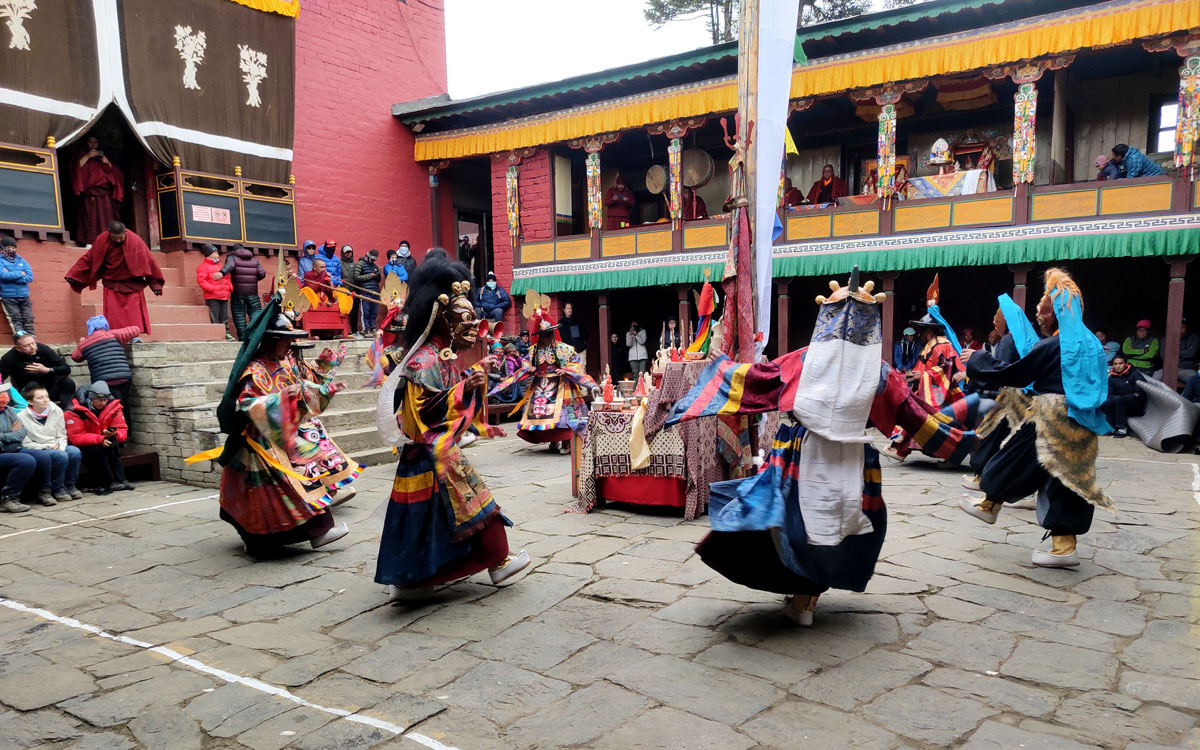Maha Shivaratri is one of the most important and popular festivals, celebrated in Nepal. It falls in the month of February or March. The government of Nepal declares public holiday in Maha Shivaratri. Maha Shivaratri means “the night of the Lord Shiva”.

Some Hindu people fast in Maha Shivaratri and keep themselves vigil all the night, but most worship Shiva Lingam (the stone phallic of the Lord Shiva) by offering milk, curd, honey, rose water, etc, and chanting the mantra called “Om Namah Shivaya”. Bael leaves (Aegle marmelos) are also placed on the top and around the Lingam, because they are sacred, and they are believed to be a home to Laxmi, the goddess of wealth.
In Maha Shivaratri, some orthodox Hindus do penance, such as difficult acrobats, in order to have blessing from the Lord Shiva.

In Nepal, Pashupatinath is a temple, where Maha Shivaratri is celebrated by the millions of Shiva devotees, living in Nepal and India. You will also see these devotees, making a bonfire in Pashupatinath. According to Hindu myth, if the devotee worships Pashupatinath by offering rudraksha (Elaeocarpus ganitrus) and bael leaves, it is equivalent to offering 1000 Cows and feeding bhojan(food) to 1000 Brahmins.





